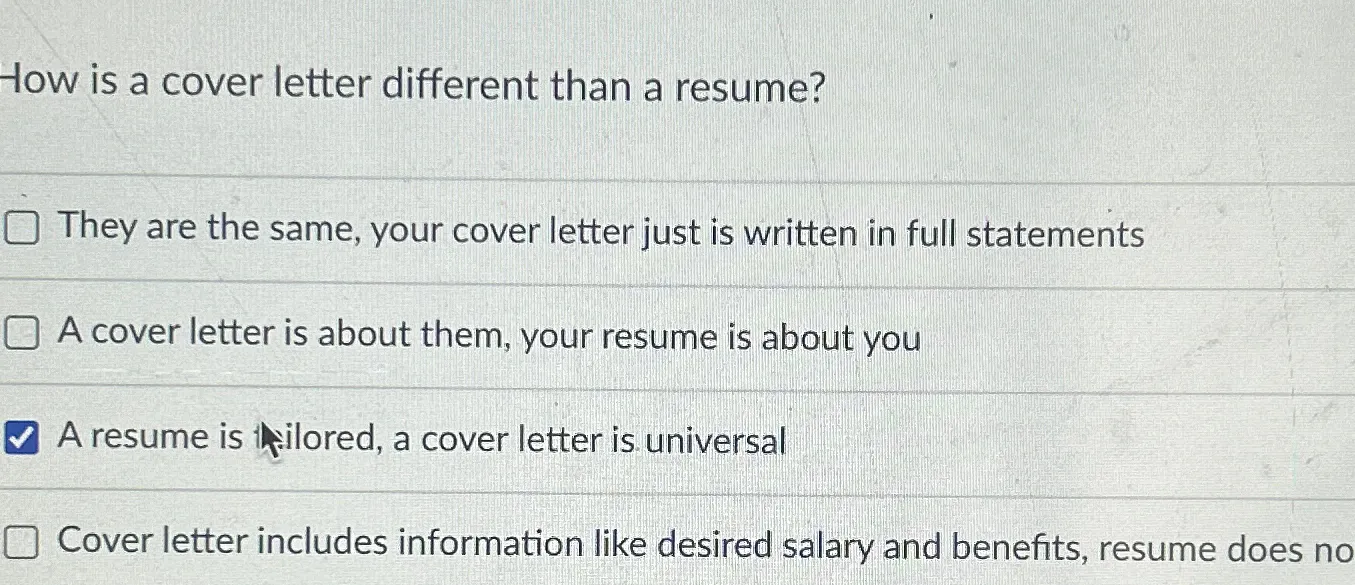Why Is a Cover Letter Essential?
In the competitive landscape of job applications, a cover letter serves as your personal introduction, a crucial element that often determines whether your resume even gets a second look. Unlike a resume, which primarily lists your experience and skills, a cover letter provides the opportunity to showcase your personality, express your genuine interest in the position, and explain why you’re the perfect fit for the role. It’s your chance to tell a story, connecting your past experiences with the future you envision at the company. Without a well-crafted cover letter, you risk being seen as just another applicant, lost in a sea of resumes. The cover letter allows you to elaborate on specific achievements, tailor your pitch to the job’s requirements, and demonstrate your enthusiasm, significantly increasing your chances of landing an interview and ultimately, the job.
Cover Letter vs. Resume
Understanding the distinct roles of a cover letter and a resume is fundamental to crafting effective application materials. The resume, a factual document, acts as a snapshot of your professional history, detailing your work experience, skills, education, and accomplishments. It’s designed to be concise and easy to scan, allowing recruiters to quickly assess your qualifications. The cover letter, in contrast, is a narrative document. It’s where you go beyond the facts, sharing your career aspirations, your understanding of the company, and the specific reasons why you’re a good match for the role. It’s your chance to demonstrate your communication skills, enthusiasm, and personality. Think of the resume as the ‘what’ – what you’ve done – and the cover letter as the ‘why’ – why you’re interested in the job and why you’re the best candidate. Both are critical, but they serve very different purposes in the job application process.
The Top 5 Secrets to Cover Letter Success
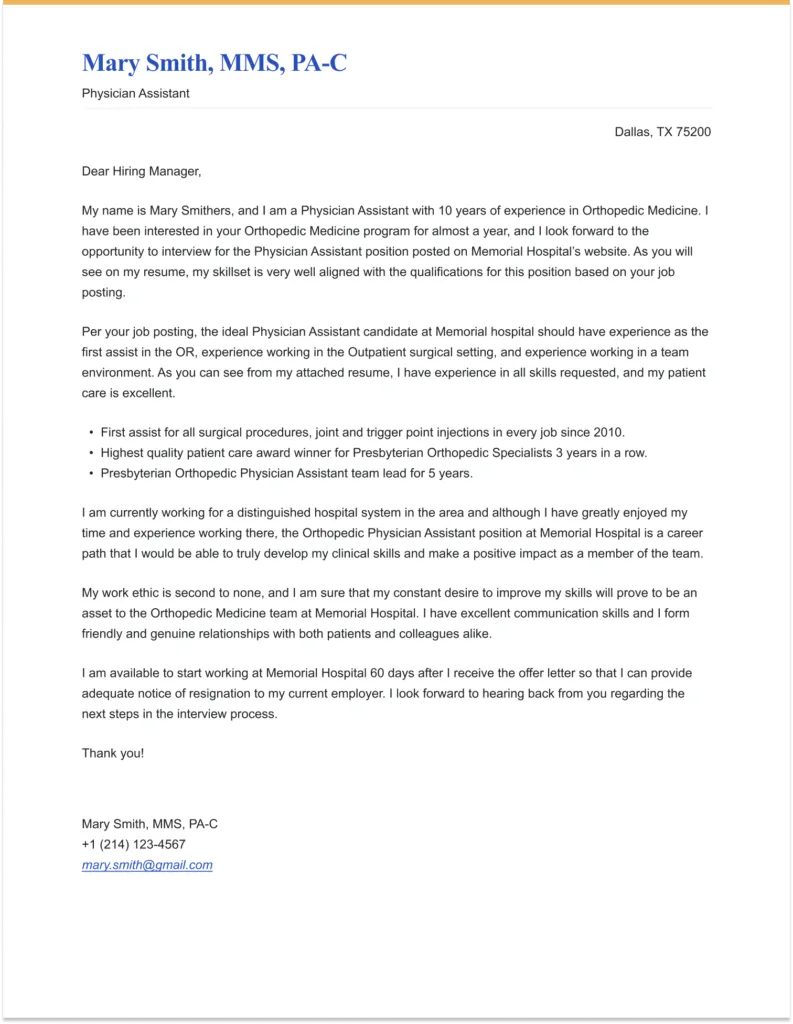
Crafting a cover letter that stands out requires more than just listing your qualifications; it demands strategy and finesse. The most successful cover letters share common traits that help them grab the attention of hiring managers and set the applicant apart. Focusing on these key areas can significantly increase your chances of making a positive impression. We’ll be going over the core principles which are the foundations of a strong application. By integrating these principles into your cover letter, you’ll be one step closer to landing your dream job. They go beyond simply meeting the requirements, helping you to genuinely connect with the hiring manager.
Secret 1 Highlight Your Achievements
One of the most critical aspects of a compelling cover letter is the ability to highlight your achievements, not just your responsibilities. Instead of merely stating what you did, focus on the outcomes you achieved in previous roles. Quantify your accomplishments whenever possible – use numbers, percentages, and specific metrics to demonstrate the impact you had on your previous employers. This approach provides tangible evidence of your skills and abilities, making your claims more credible and persuasive. By showcasing your successes, you offer concrete proof that you can deliver results, making you a more attractive candidate. This approach goes far beyond simply listing tasks; it proves your value.
How to Quantify Your Accomplishments
Quantifying your achievements turns vague statements into concrete examples of your abilities. Instead of saying ‘Improved customer satisfaction,’ you might write ‘Increased customer satisfaction scores by 15% within six months by implementing a new feedback system.’ Instead of ‘Managed social media accounts,’ you could state ‘Grew social media following by 30% and increased engagement by 20% through strategic content creation and targeted advertising.’ Always include the impact of your actions. This is done by adding the data. When you can use the numbers, they make your statements much more impactful and make your skills and results much more tangible. By using numbers, you make your accomplishments more convincing and provide potential employers with real insights into your ability to deliver results. Numbers demonstrate your value effectively.
Secret 2 Tailor to the Job Description
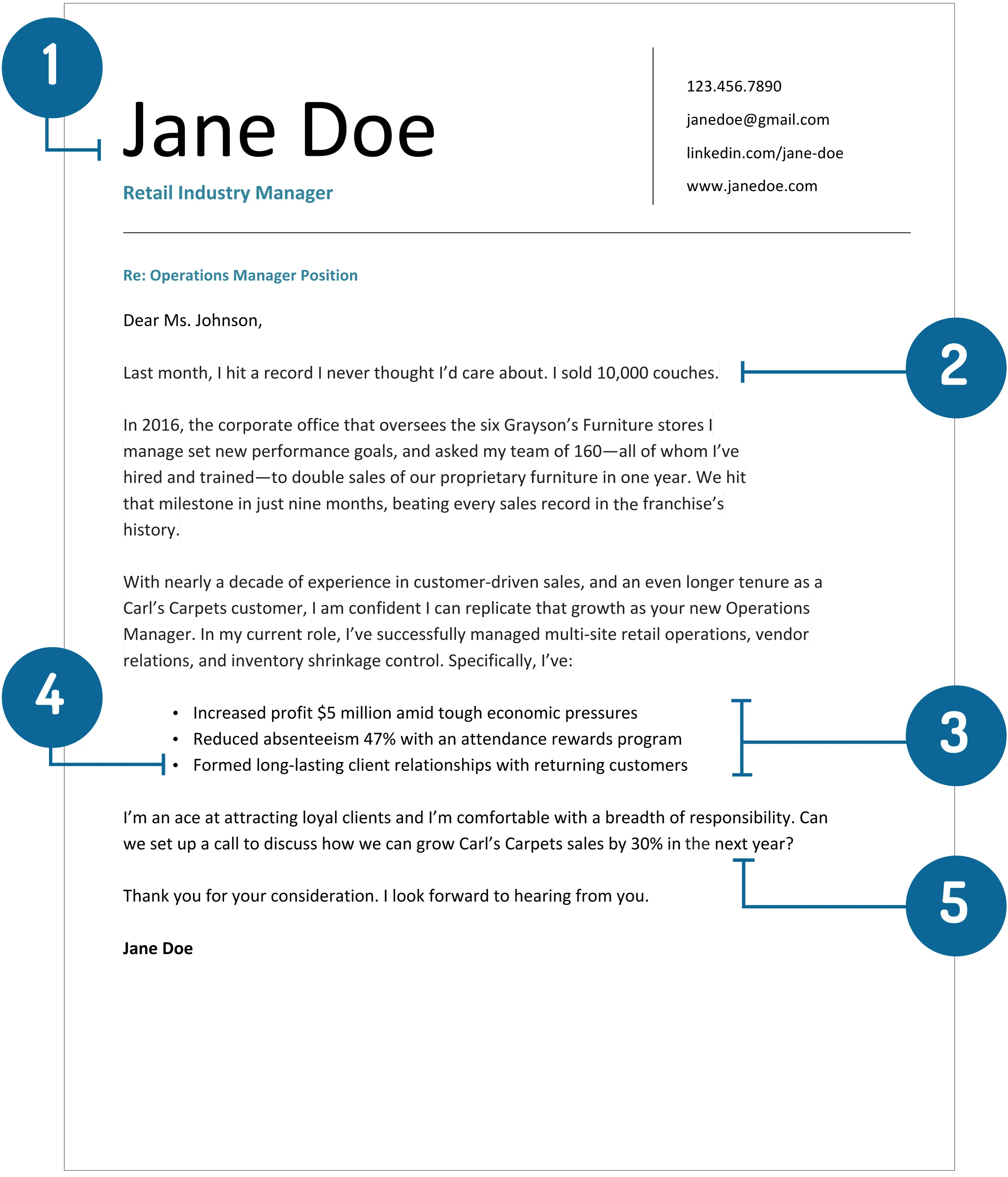
A generic cover letter is easily identified and often discarded. To truly impress, customize each cover letter to the specific job and company you’re targeting. This involves carefully reviewing the job description and identifying the key skills, experiences, and qualifications the employer is seeking. Use this information to highlight the aspects of your background that directly align with their needs. Show how your skills and experiences have prepared you to excel in the role. This demonstrates your genuine interest and shows that you’ve taken the time to understand the company and the specific position, setting you apart from applicants who send out generic letters. This tailored approach demonstrates attention to detail and a genuine interest in the opportunity.
Analyzing the Job Requirements
To effectively tailor your cover letter, start by carefully analyzing the job description. Identify the keywords, required skills, and desired qualifications. Make a list of these key elements and then match them to your own experiences and abilities. For each requirement, provide a specific example of how you have demonstrated that skill or experience in the past. This might involve describing a project you worked on, a problem you solved, or a task you completed. Use the language of the job description itself to ensure your letter resonates with the hiring manager. Your ability to connect the dots between your skills and their needs showcases your understanding of the role and your preparedness to succeed.
Secret 3 Showcase Your Personality
While professionalism is essential, a cover letter is also an opportunity to showcase your personality. Employers want to get a sense of who you are beyond your resume. Use a professional tone, but don’t be afraid to let your enthusiasm, creativity, and unique perspective shine through. Share a brief anecdote, express your genuine interest in the company’s mission, or highlight a personal connection you have with their work. Avoid overly formal or robotic language; instead, write in a style that is authentic to you. This helps you connect with the reader on a more personal level, making your application more memorable and increasing the likelihood that you’ll be invited for an interview. A bit of personality can make your cover letter stand out from the crowd and make you more appealing to potential employers.
Secret 4 Use a Strong Opening and Closing
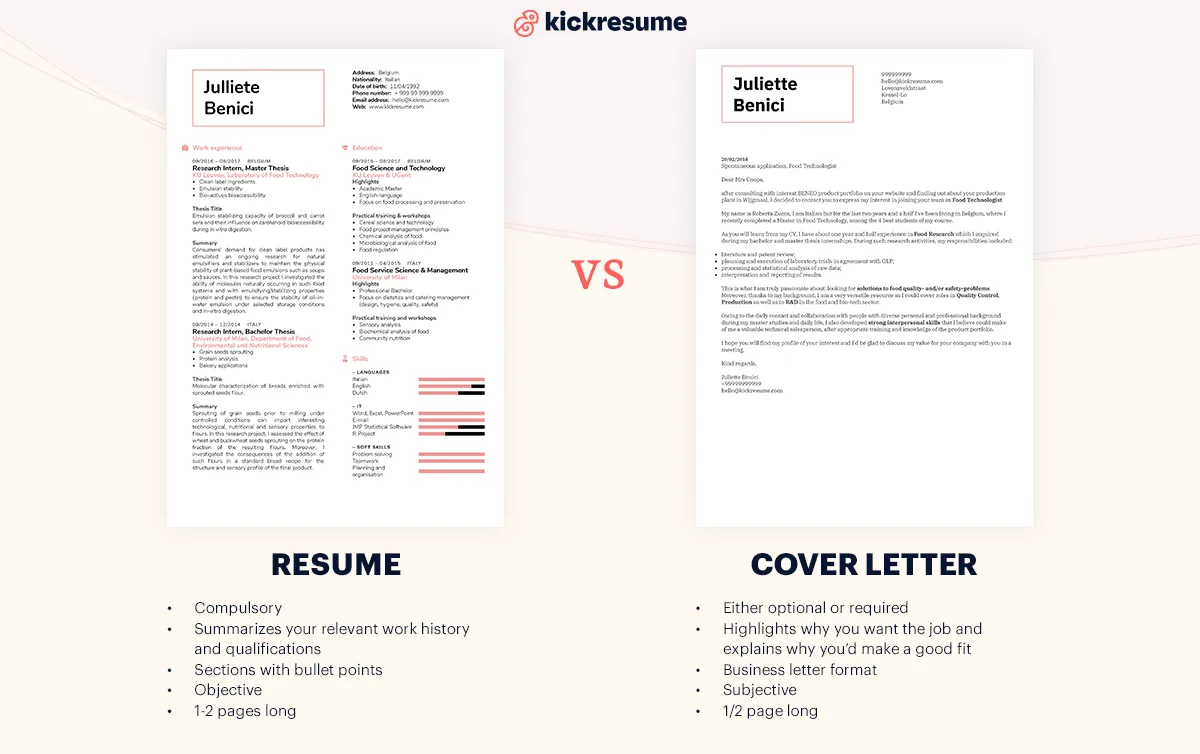
The opening and closing paragraphs are arguably the most important parts of your cover letter. They are where you make your first impression and leave a lasting one. Your opening should immediately grab the reader’s attention. It should clearly state the position you’re applying for and briefly explain why you’re a good fit. Avoid generic openings like ‘I am writing to apply.’ Instead, try a more engaging approach, such as stating your excitement about the opportunity or highlighting a specific achievement. The closing should reiterate your interest in the role and encourage the reader to contact you for an interview. Thank the hiring manager for their time and consideration, and make sure to include your contact information. These are the bookends of your application; make sure they’re strong and leave a memorable impression.
The Power of a Compelling First Sentence
Your opening sentence is your first, and often only, chance to capture the hiring manager’s attention. It should be concise, compelling, and immediately relevant to the job. Instead of simply stating that you’re applying, try opening with a statement that highlights your most relevant skill or achievement. You could mention your excitement about the company, or how your skills align directly with the job requirements. Your first sentence should clearly articulate the role you are seeking. A strong opening sentence sets the tone for the entire letter, ensuring the reader’s interest and making them want to continue reading. It should convey enthusiasm, confidence, and a clear understanding of the job and the company.
Secret 5 Proofread Meticulously
Typos, grammatical errors, and formatting inconsistencies can undermine your credibility and make you appear careless. Before submitting your cover letter, proofread it meticulously. Read it aloud to catch any awkward phrasing or sentence structure issues. Consider asking a friend, family member, or career advisor to review your letter as well. A fresh pair of eyes can often spot errors that you might miss. Make sure the formatting is consistent and professional. Ensure your contact information is accurate. A polished cover letter shows attention to detail and respect for the hiring manager’s time, increasing your chances of making a positive impression. Proofreading is one of the most essential steps and should not be overlooked.
Common Cover Letter Mistakes to Avoid
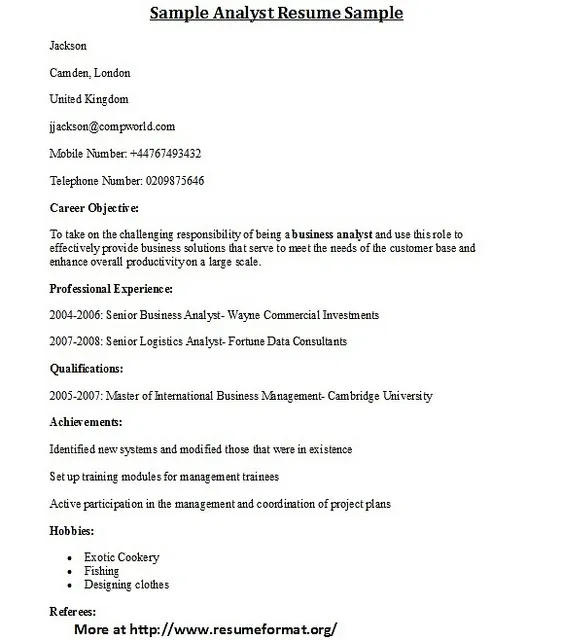
Avoiding common pitfalls can significantly improve the impact of your cover letter. One major mistake is sending a generic letter that isn’t tailored to the specific job or company. Another is using overly formal or cliché language. Avoid sounding like a template and showcase your personality. Including irrelevant information that does not align with the job description is also a common error. Focus on the skills and experiences that are most relevant to the position. Finally, a lack of proofreading can lead to errors that damage your credibility. Make sure your cover letter is perfect before you send it off. Avoid these common errors and watch your application efforts become successful.
Cover Letter Formatting Best Practices
Proper formatting can enhance readability and create a professional impression. Use a standard font like Times New Roman, Arial, or Calibri, and ensure the font size is easy to read (typically 11 or 12 points). Set consistent margins, and use single-spacing within paragraphs and double-spacing between paragraphs. Start your letter with your contact information and the date, followed by the hiring manager’s contact information. Keep your letter concise – aim for one page, or at most, one and a half pages. Break up large blocks of text with short paragraphs and bullet points. Consistent formatting shows that you have a strong attention to detail. Following these best practices will greatly improve the appeal of your cover letter.
